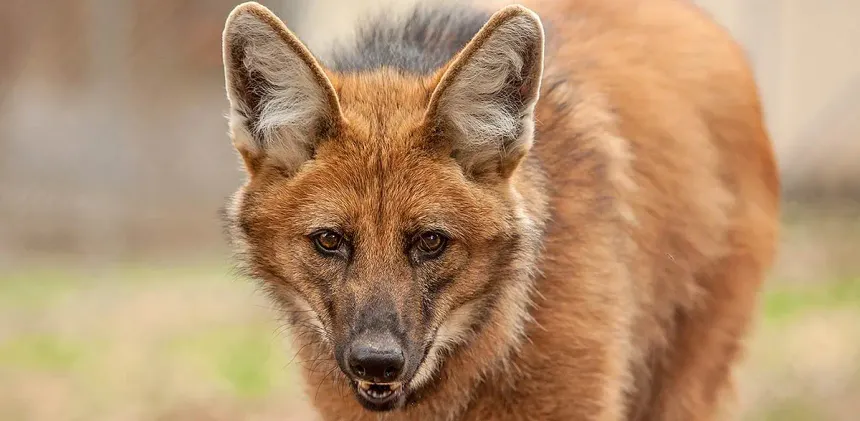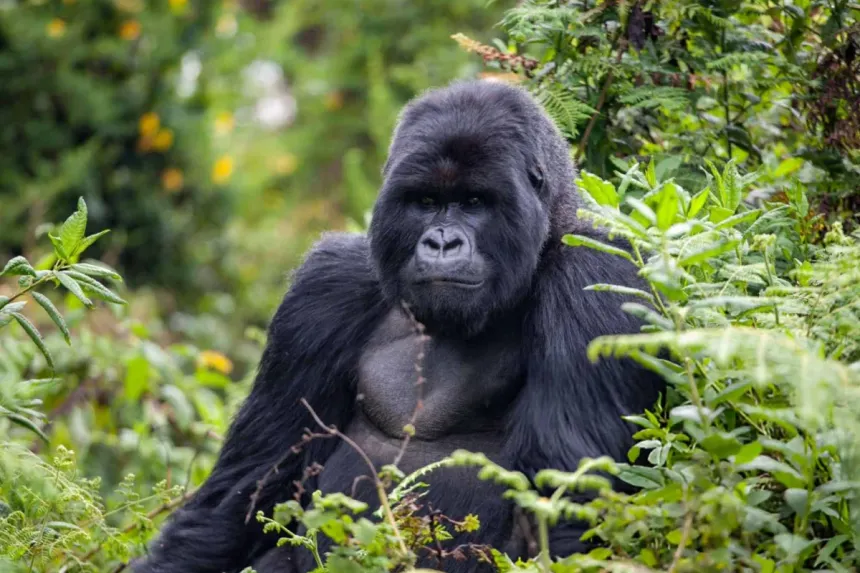“Rhea Revelations: Fun Facts About South America’s Giant Flightless Bird”
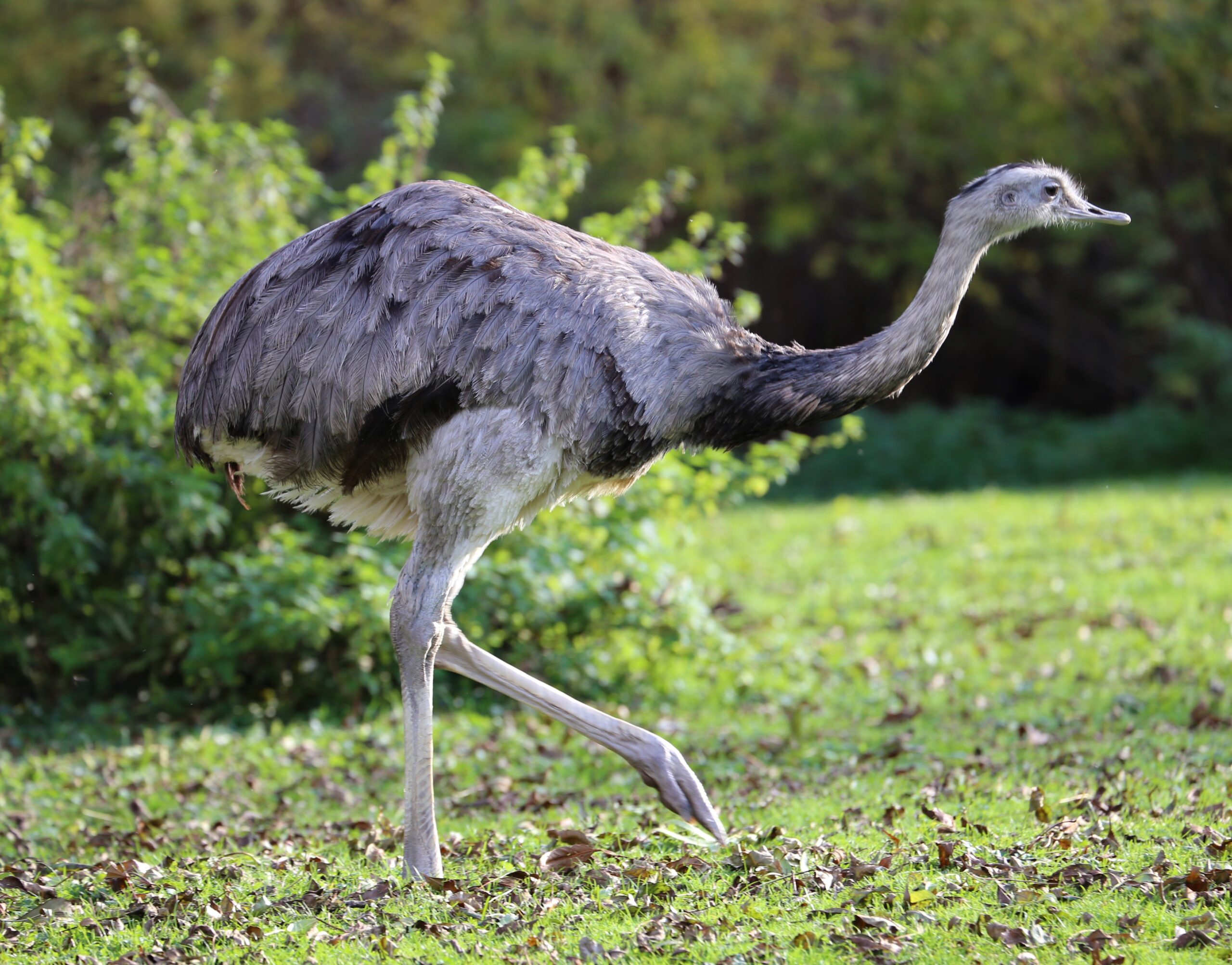
The rhea is a fascinating, large, flightless bird native to South America, often overshadowed by its more famous cousins—the ostrich and emu. Despite its lesser-known status, the rhea boasts unique behaviors, impressive adaptations, and an important ecological role in its native grasslands and open forests. Here’s a long brief filled with fun and interesting facts about the remarkable rhea.
1. Two Species, One Giant Bird
- The Greater Rhea (Rhea americana) is the larger and more widespread species, found in countries like Argentina, Brazil, and Uruguay.
- The Lesser Rhea (Rhea pennata), also known as the Darwin’s rhea, is smaller and inhabits the southern parts of South America, including Patagonia.
Both species are flightless but excellent runners, adapted to life on open plains.
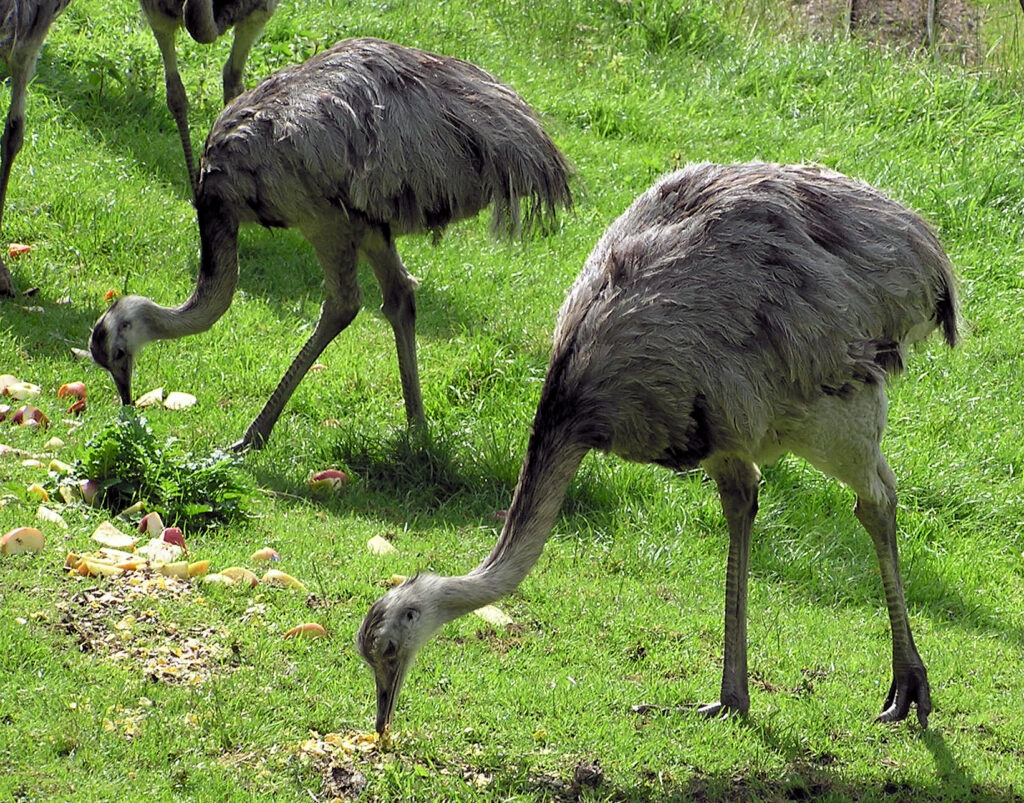
2. Speedy Runners
- Rheas can run at speeds up to 60 km/h (37 mph) to escape predators.
- Their powerful legs help them cover large distances quickly across grasslands.
3. Impressive Size
- Greater Rheas can reach up to 1.5 meters (5 feet) tall and weigh as much as 40 kilograms (88 pounds).
- Despite their size, they have soft, fluffy feathers but lack the stiff flight feathers seen in flying birds.
4. Unique Breeding Behavior
- Male rheas are the primary caregivers.
- After females lay eggs in a communal nest, the male incubates dozens of eggs from multiple females and raises the chicks alone.
- This makes rheas unusual among birds, with a strong emphasis on male parental investment.
5. Vocal and Social Creatures
- Rheas communicate using a variety of sounds, including low booming calls and hisses.
- They are generally social and can form groups called flocks, especially outside the breeding season.
6. Diet and Foraging
- Rheas are omnivores feeding on a mix of plants, seeds, fruits, insects, and small vertebrates.
- Their feeding habits help disperse seeds, playing an important role in their ecosystems.
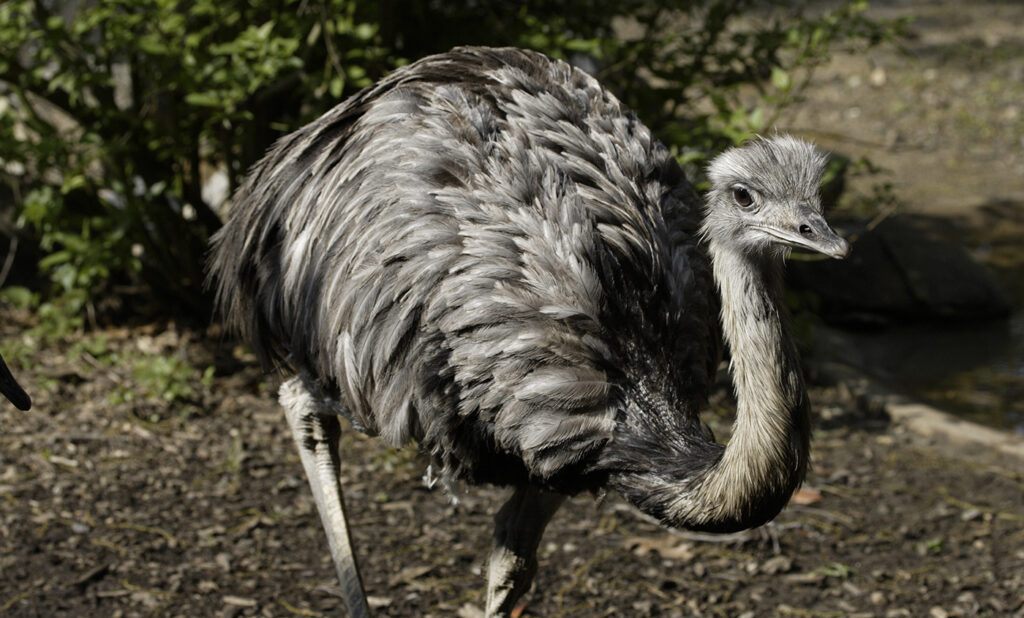
7. Conservation Status
- While some rhea populations are stable, others face threats due to habitat loss, hunting, and farming expansion.
- Conservation efforts focus on protecting natural habitats and regulating hunting.
8. Cultural Significance
- Rheas are featured in indigenous folklore and are often symbols of the vast South American plains.
- They have also been farmed for their feathers, meat, and leather.
Conclusion: The Rhea—A South American Wonder
Though not as famous as their ostrich cousins, rheas are incredible birds with fascinating lifestyles and important ecological roles. Their speed, social habits, and unique parenting make them standout creatures of the South American wilderness.


